Carbon was founded in 1868 along the Union Pacific railroad and was named for the resource that was mined in the area: coal.


Carbon was founded in 1868 along the Union Pacific railroad and was named for the resource that was mined in the area: coal.

The Wyoming Motel in Cheyenne was one of the many motels that sprung up in the heyday of long distance automobile travel. The motel was built in 1936, making it Cheyenne institution for the last 80 years.
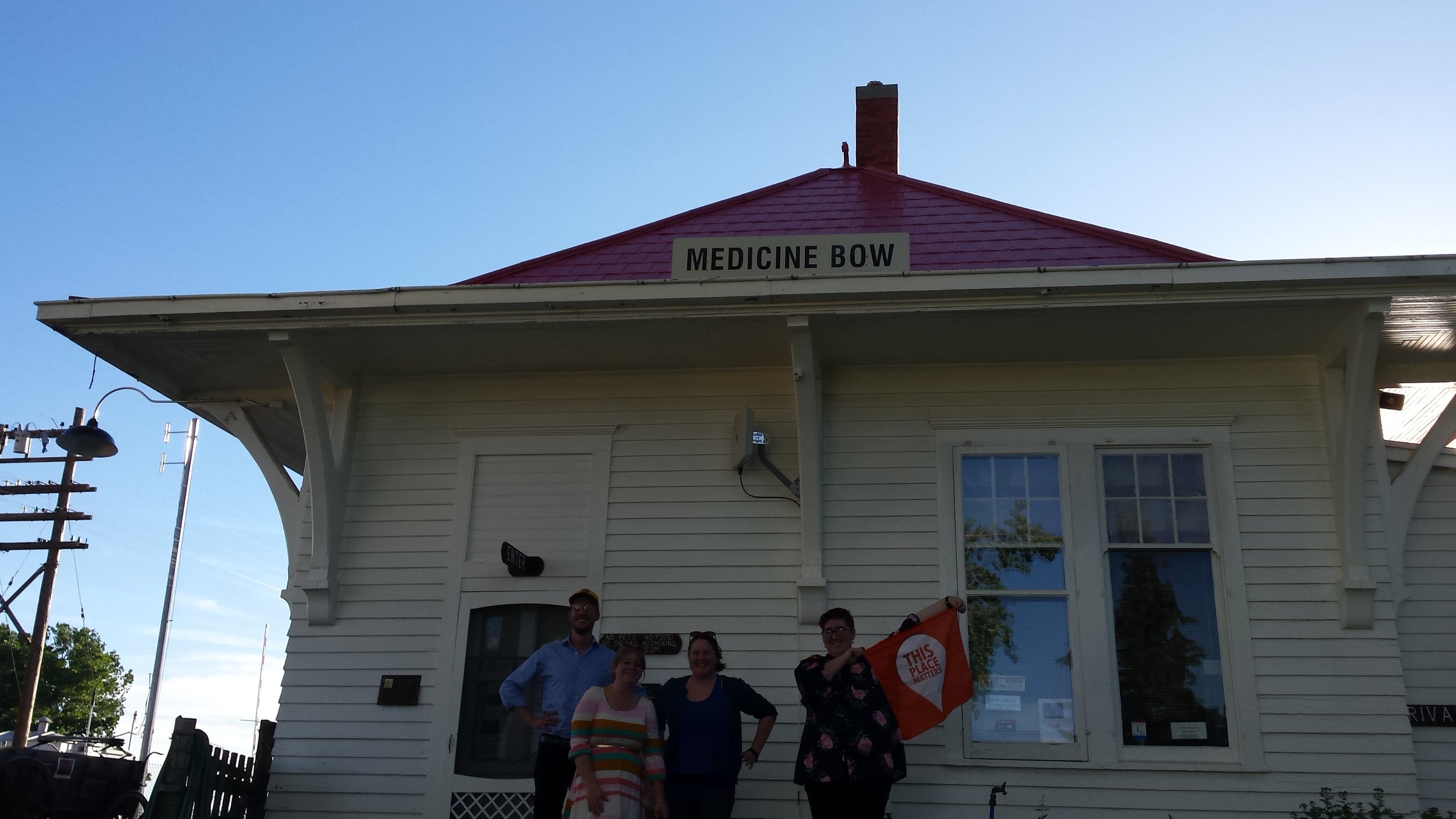
The depot in Medicine Bow stands out in the small town with its bright red roof. It speaks to a time early in the state’s history before the Lincoln Highway and the Interstate highway system when train travel was still the best way to get from destination to destination.

In a way, the the Wolf Hotel in Saratoga owes its existence to a particular case of rheumatism. Now it has become a feature of Carbon County.
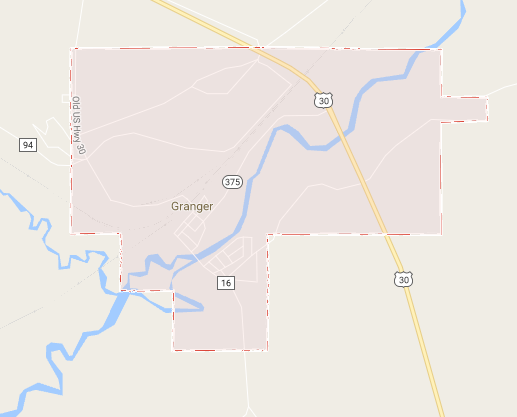
The town of Granger is currently in the process of converting their former school into a community center.
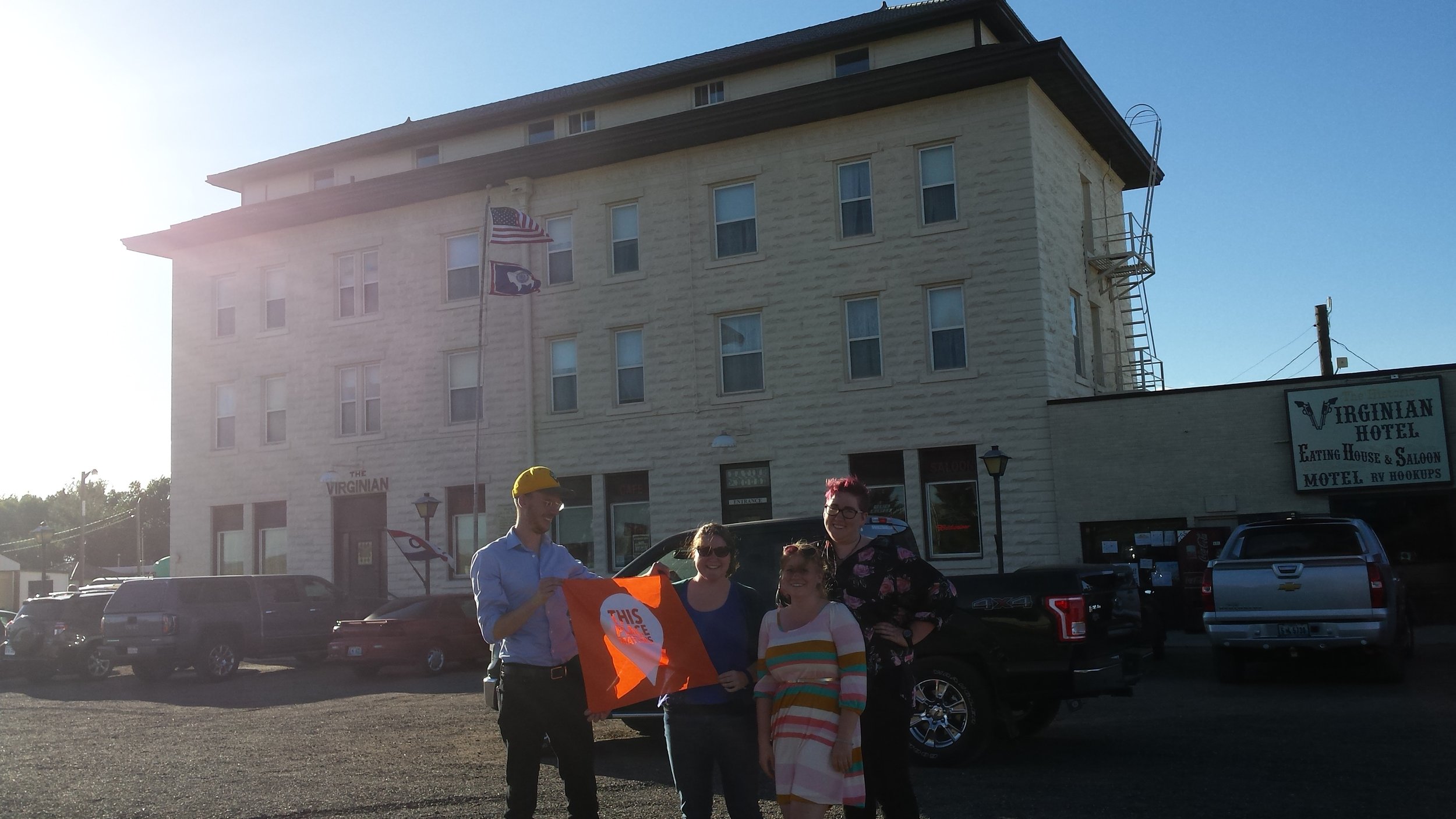
The Lincoln Highway was notorious for attracting unique landmarks to draw in business from travelers. One such place on the Lincoln Highway, now Highway 30, is a monolithic, three-story stone building – the Virginian Hotel.

The Fossil Cabin Museum on Highway 30, Wyoming was built in 1932, but its materials are much older. The cabin is constructed entirely out of dinosaur fossils.

The castle-like structure that sits atop a cliff overlooking the Guernsey reservoir was a Civilian Conservation Corps project initiated during the Great Depression.
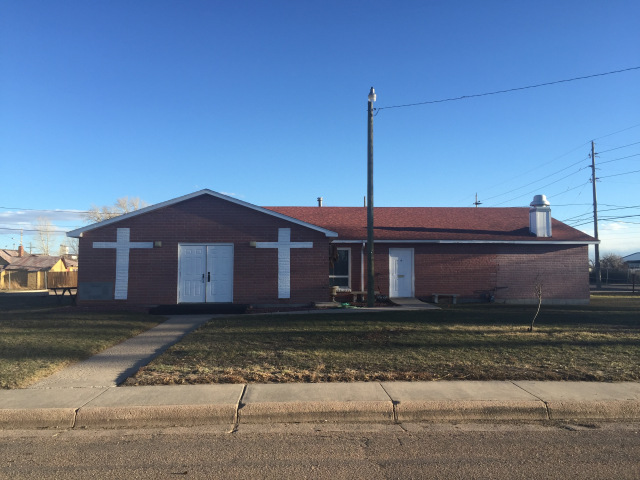
While the Allen Chapel African Methodist Episcopal Church has not been in one location for its entire lifetime, its congregation and presence in the community have been an important part of Cheyenne since it was established in 1878.
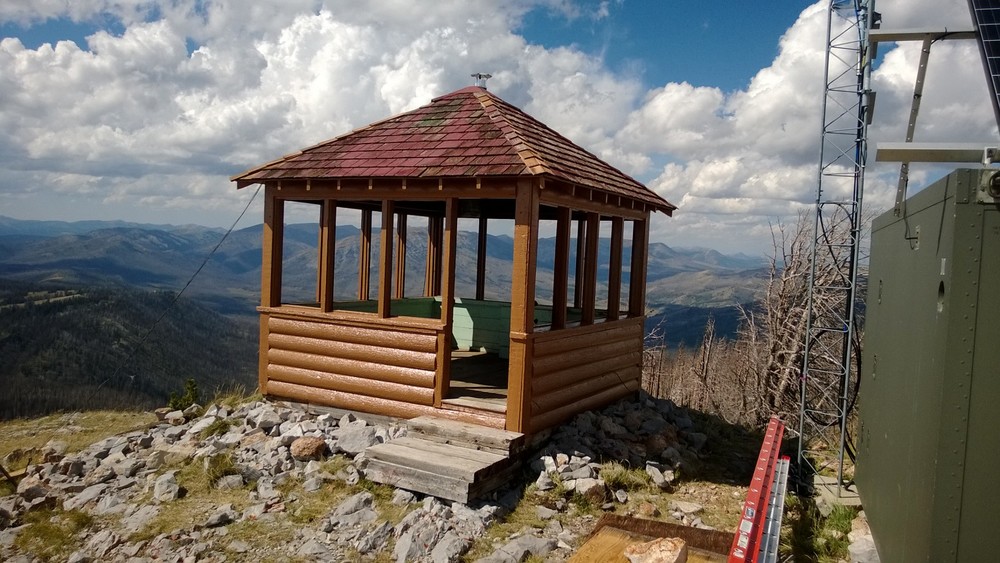
Our relationship with fire goes way back, but we are still engaged in a constant negotiation with the flame to this day. Fire lookout towers stand as beacons in the everlasting conversation between natural processes and human interests.
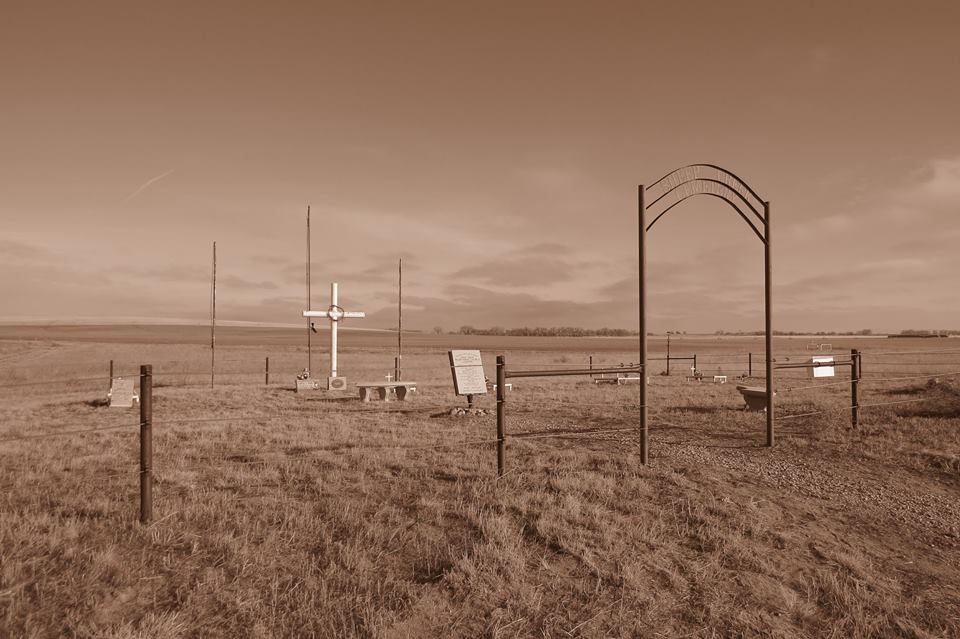
Empire was founded in 1908 by African American settlers who came from Nebraska to build a racially self-sufficient, politically autonomous community in the Equality State. Empire thrived for about a decade, but vanished from the map in the mid-1920s.

While railroad towns like Cheyenne were already developing reputations and nicknames like “Hell on Wheels,” the railroad industry was also thriving in the mountains that span the vast spaces between those towns. The early period of railroad construction throughout the west formed a strong connection between interstate commerce and transportation and what would become our nation’s national forests.
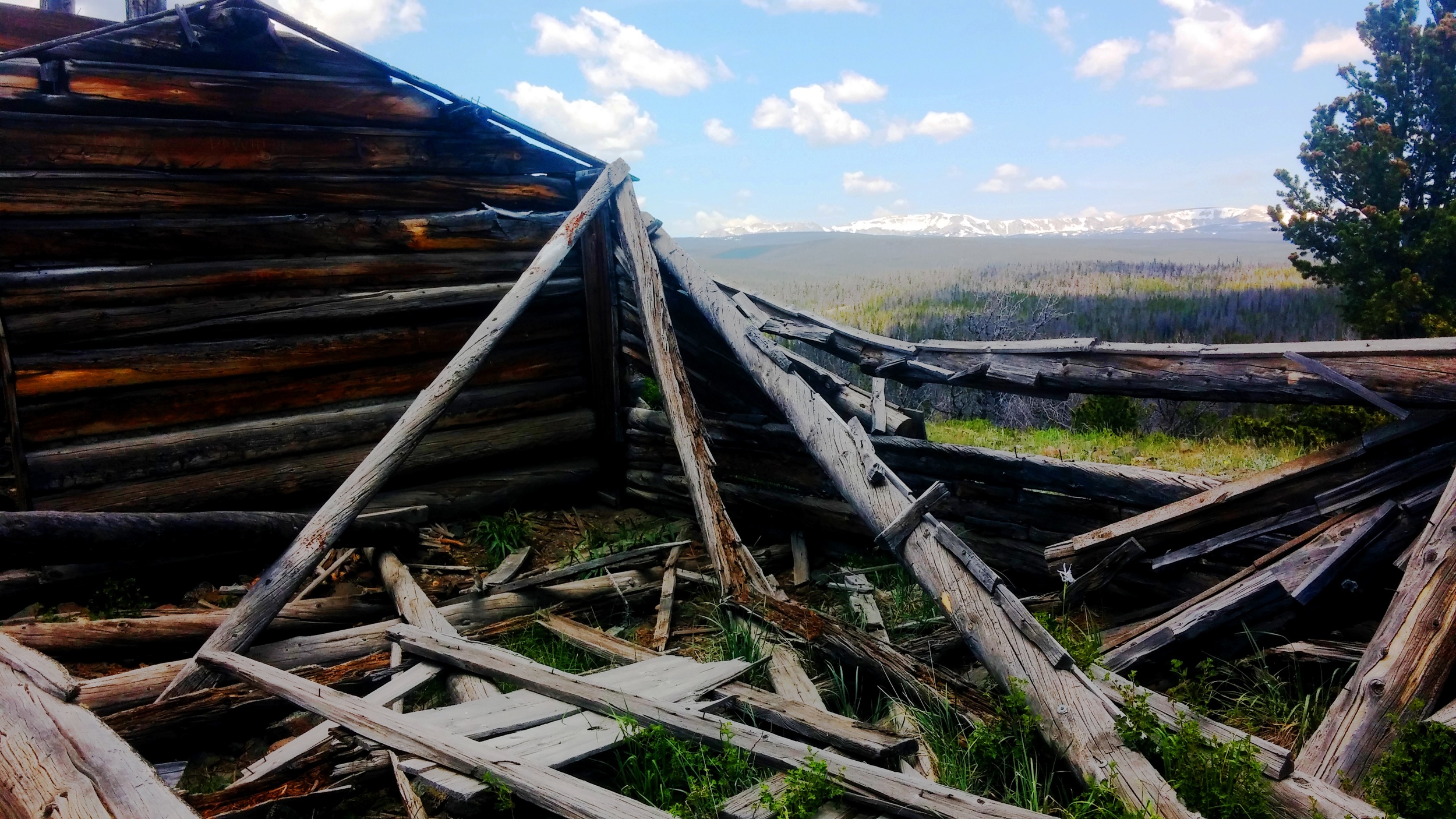
The development of the modern west was largely related to the vast open spaces that surround the towns. Many of these lands are federally owned, and contain historic resources related to homesteading, ranching and grazing, energy development, and fire suppression. The National Historic Preservation Act plays an important role in preserving these open spaces and the cultural resources that lie within them.
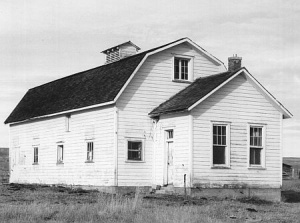
Fort McKinney, located about two miles west of Buffalo, Wyoming, was home to at least four companies of Buffalo Soldiers, all members of the Black Ninth Cavalry, making it a significant site in Western African American history.
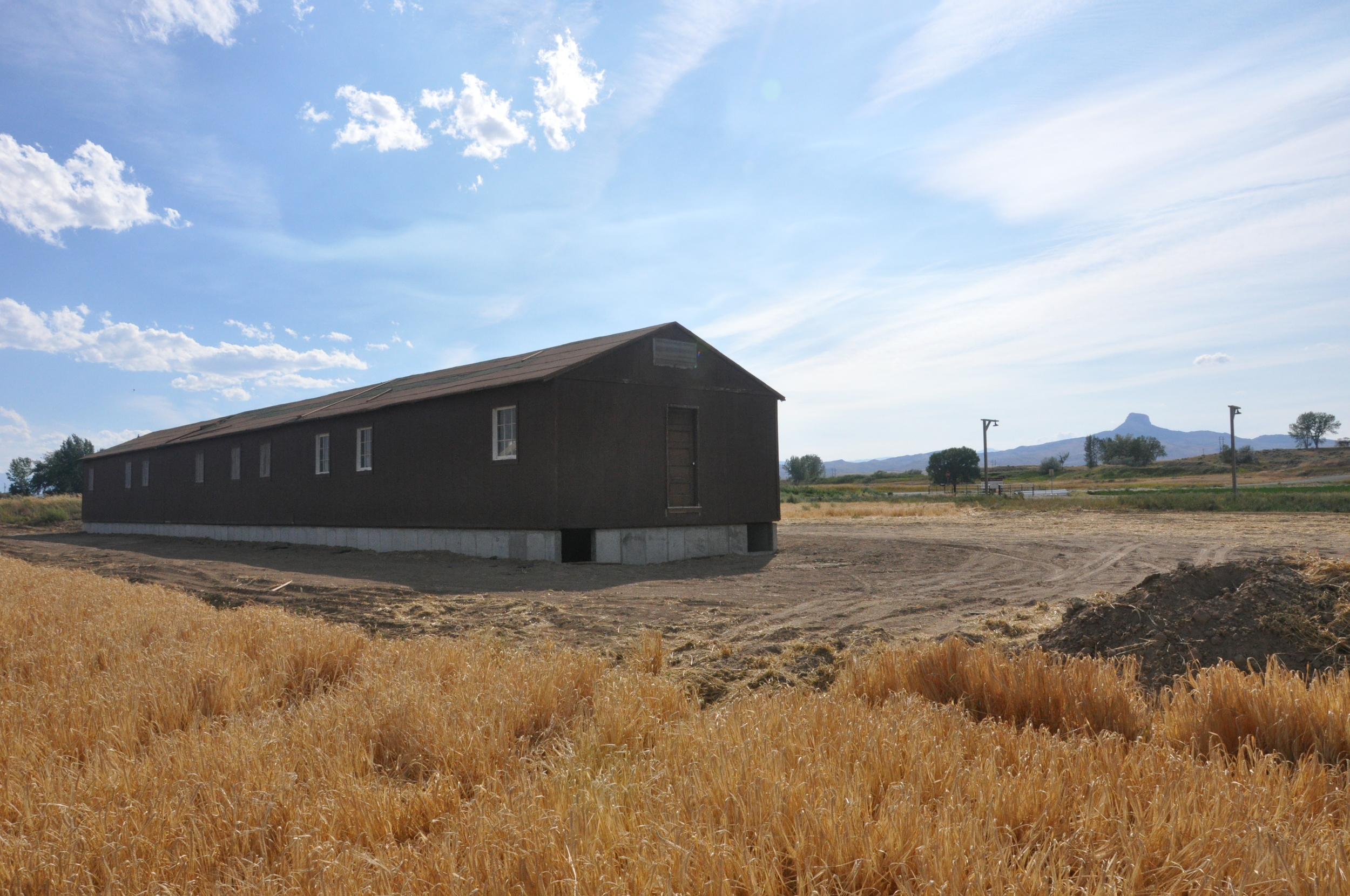
Historic preservation is always an ongoing process – it is rarely finished, and is often a community effort. Preservation at Heart Mountain wouldn’t be possible without a community of volunteers and supporters who see the value in saving such a troubling place. Their hard work will keep Heart Mountain available for people of the next generation. Read Part III of our Heart Mountain profile to learn about long term preservation at the site and how to get involved.
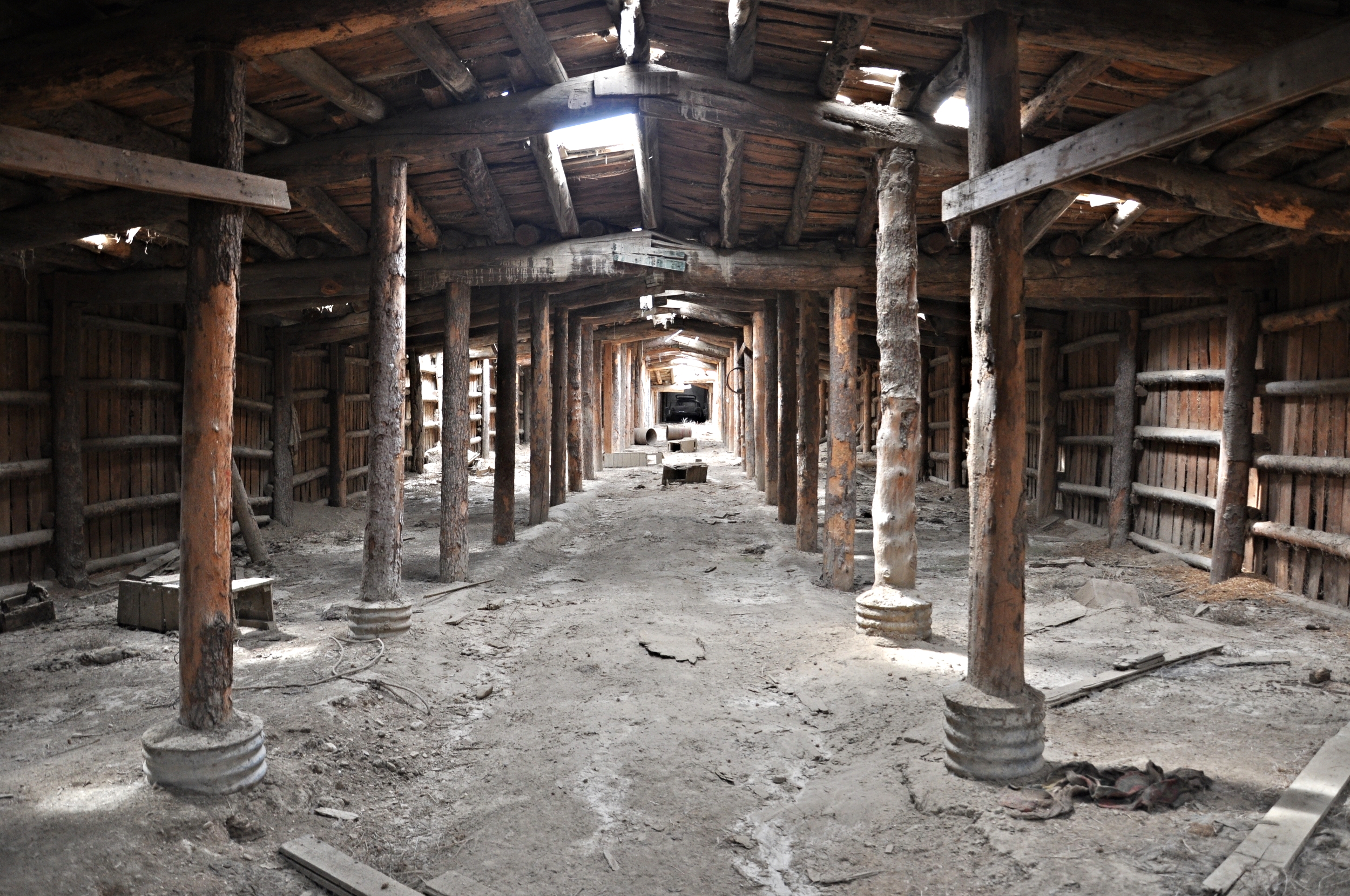
How do you preserve something when there is nothing left to preserve? The story of preservation at Heart Mountain shows that there may always be something to preserve – you just have to go find it and bring it back.

Historic preservation isn’t always about saving the prettiest buildings or the sites of triumph of the human spirit. Historic preservation is at its core about preserving sites that are important. Important sites can include both the triumphant and the embarrassing moments from our history. They all provide us with insight and direction about who we are, where we came from, and how we can create a more equitable future.
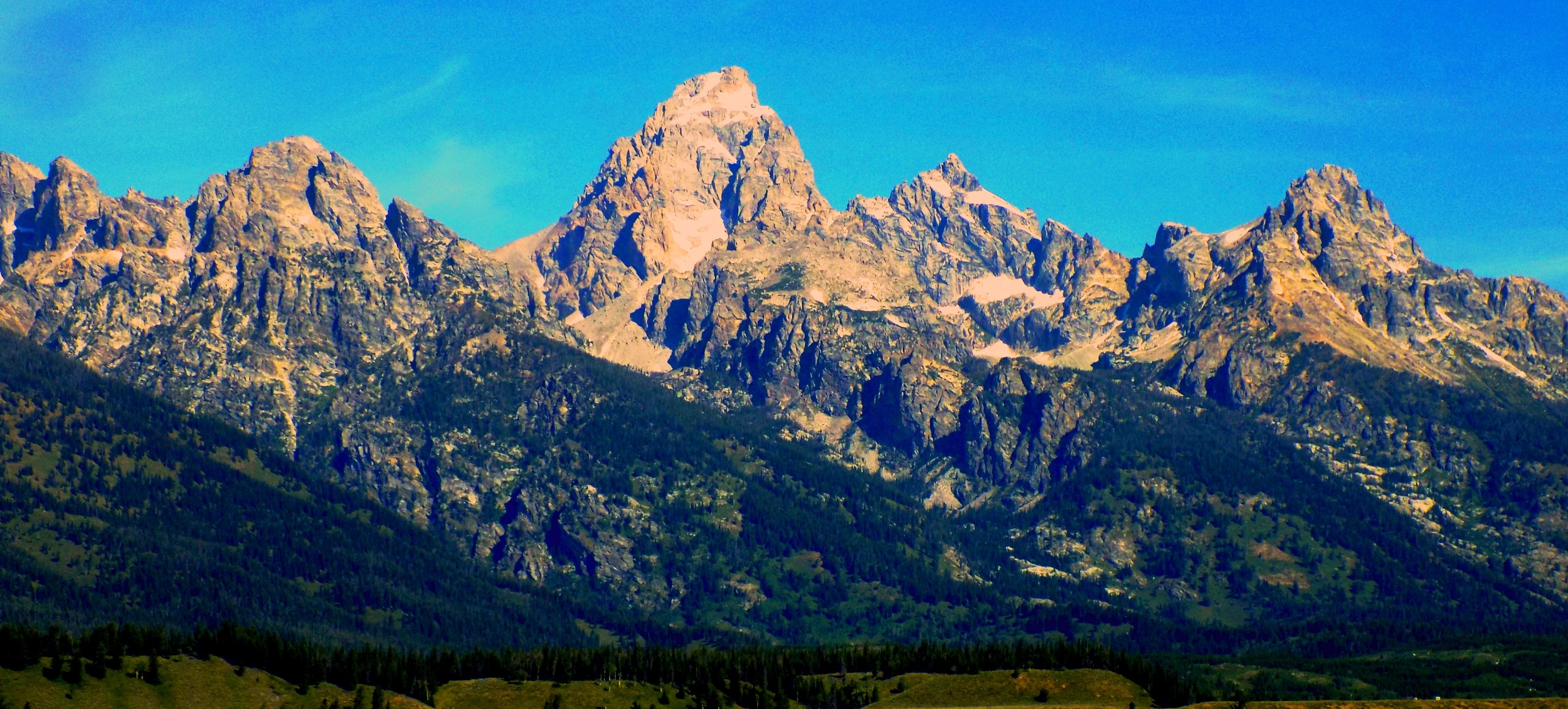
Stacy Whitman-Moore worked for two years for the Alliance for Historic Wyoming as an archaeologist in Grand Teton National Park. Read her testimony about her experience and why cultural resources matter.
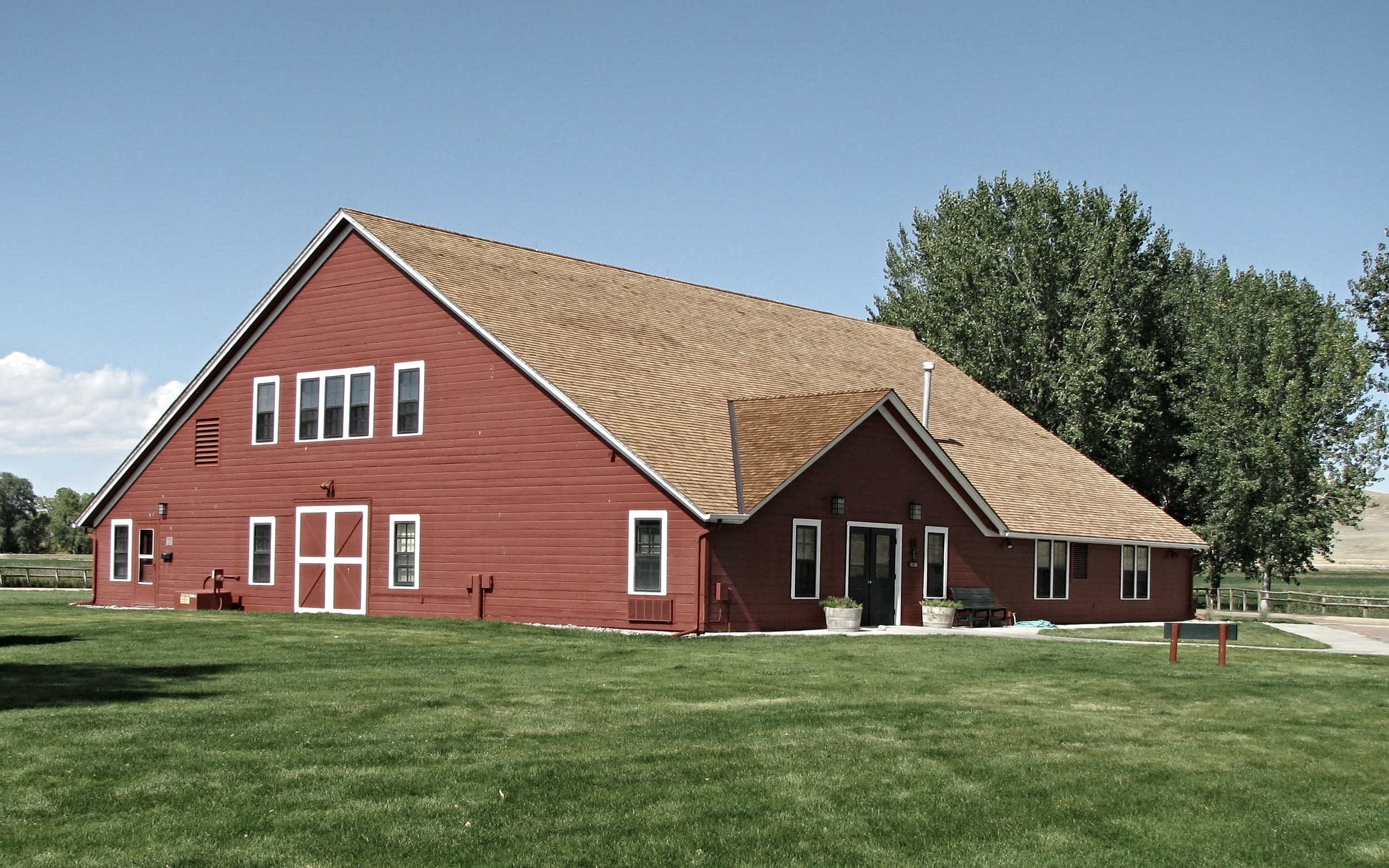
The Ucross Foundation has successfully developed a way to find creative new uses for historic buildings while at the same time honoring the historic use of the location and the agricultural traditions of the area. Ucross still operates as a working cattle ranch, while simultaneously serving as a retreat for artists from across the country, making it a truly successful preservation project.
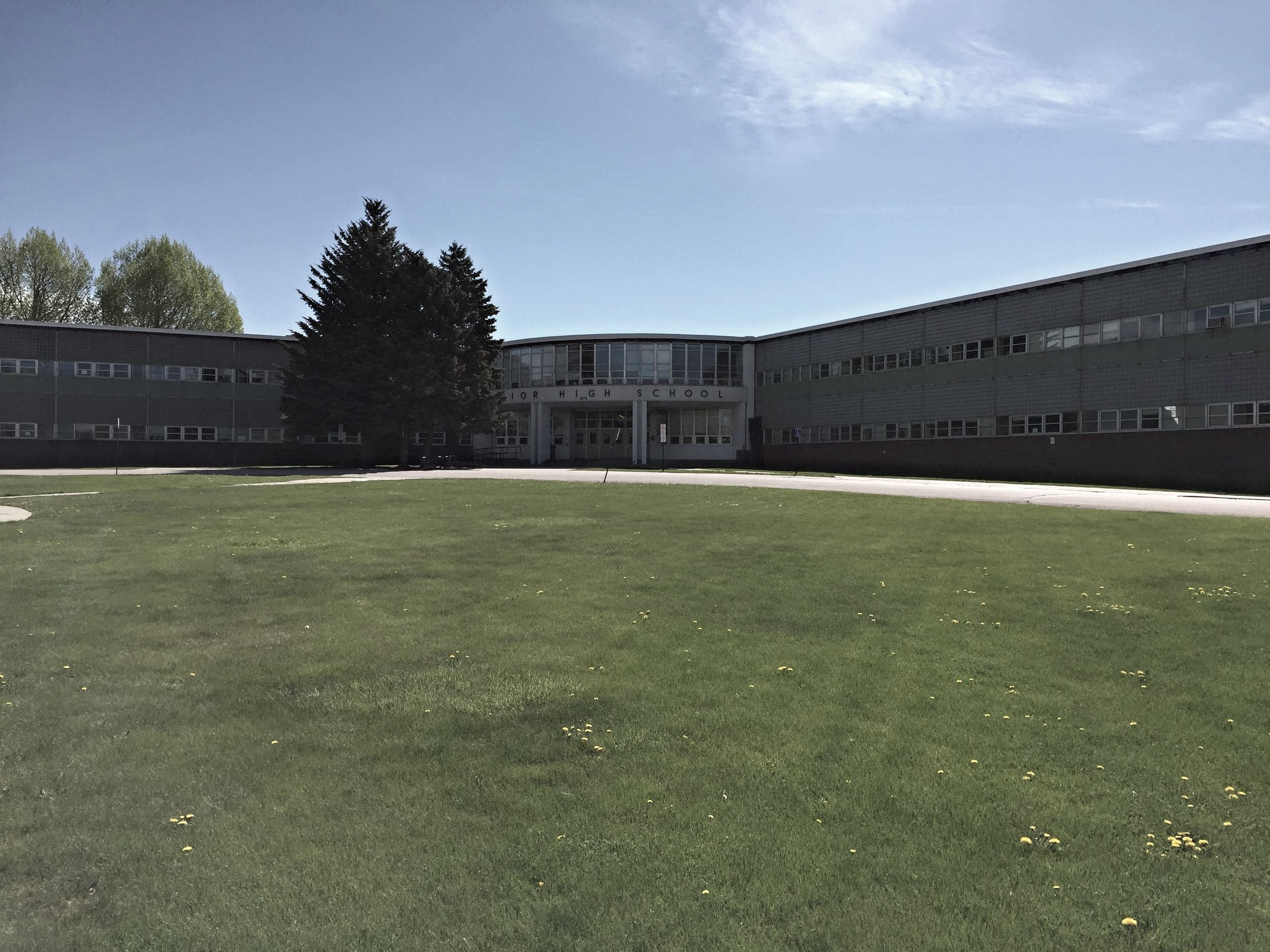
With the new Laramie High School now completed, questions surround the fate of the one built in 1960. There is a glimmer of hope, however, if we turn to the past. Laramie has an excellent track record of reusing its high schools, with one former high school now being used as apartments and the other serving as the Laramie Plains Civic Center.
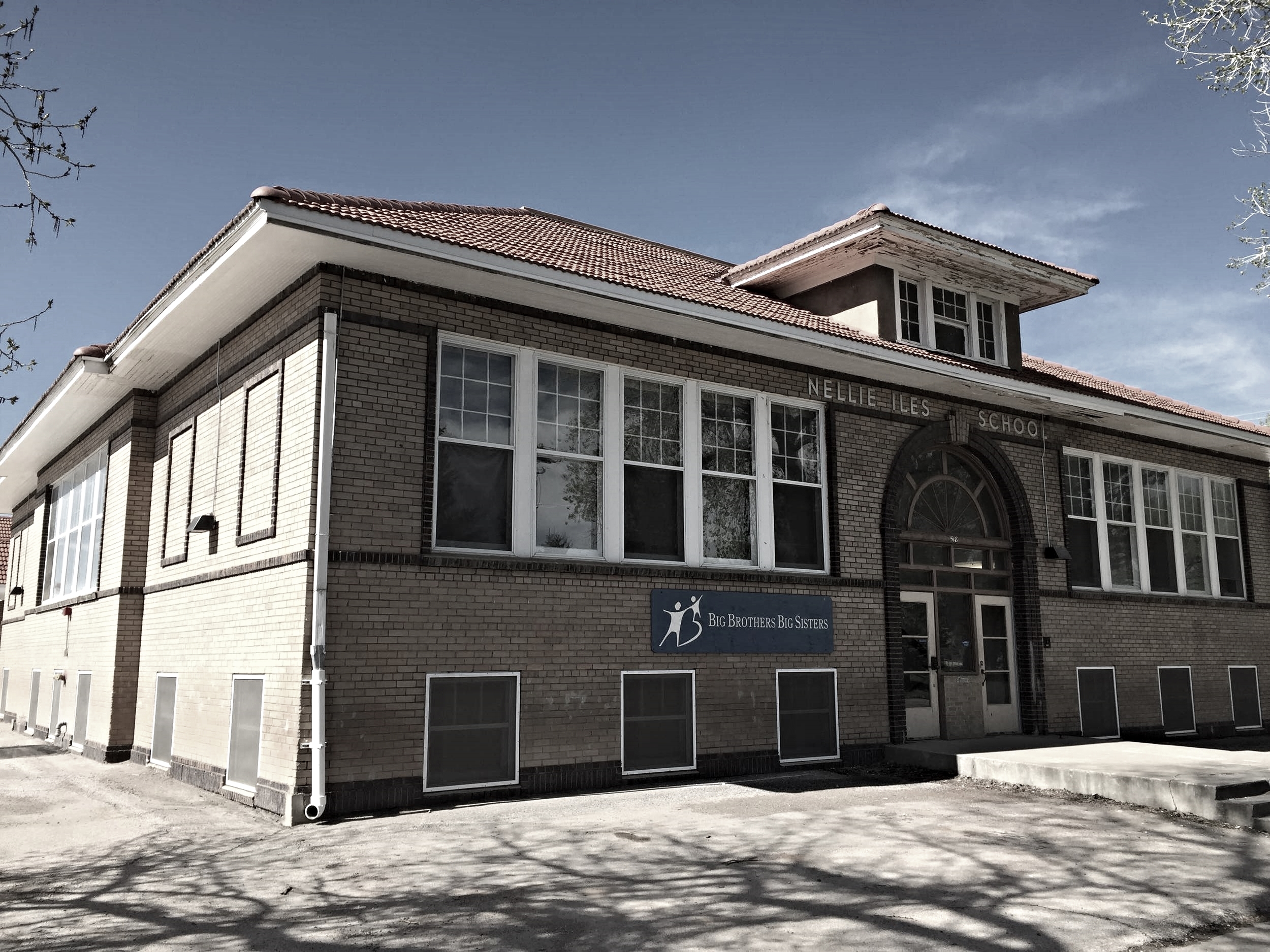
One of few schools in Wyoming to incorporate Craftsman elements in its design, Nellie Iles School in Laramie is seamlessly integrated into the surrounding neighborhood.